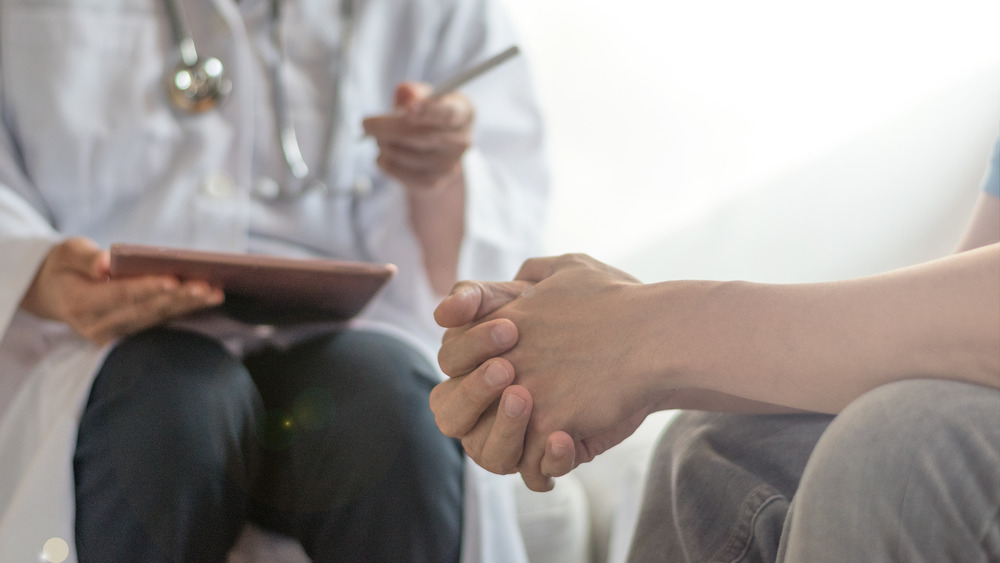The Real Difference Between STDs And STIs
While sexually transmitted diseases (STDs) and sexually transmitted infections (STIs) are often used interchangeably, there is actually one major difference between the two terms. STDs are symptomatic, while STIs are not.
"You can have an infection, such as chlamydia, without symptoms," Dr. Angela Jones, an ob-gyn at Healthy Woman Obstetrics and Gynecology in Monmouth, NJ, told Women's Health. "Disease simply means that symptoms of said ailment are present and we only describe things as diseases when symptoms are present." In other words, all STDs once started off as STIs. The terminology only changes when symptoms begin to flare up.
This distinction aims to improve accuracy and reduce stigma. Not every person with an STI will develop symptoms. Some STIs, like herpes or human papillomavirus (HPV), can take months or even years for symptoms to develop, and sometimes they never develop at all. The term STI can be used to more accurately describe such infections, while also taking away some of the stigma often associated with the term STD.
When to get tested for STIs and STDs
If you have an STI, it could take a while for symptoms to appear, depending on the type of infection. This is why it is important for people who are sexually active to get tested. While the general rule of thumb is to get tested once a year, you should also get tested if you've had unprotected sex, had sex with someone with an STI or STD, have more than one sexual partner, or share needles or syringes with another person (via Healthline).
In addition to getting regularly tested, it's also important to know what possible symptoms to watch out for. While symptoms can vary depending on the STD, you should keep a lookout for bumps or sores in and around the genital region, painful urination, pelvic pain, tingling or itching genitals, swollen lymph nodes in the groin and neck, changes in the color and smell of vaginal discharge, swollen testicles, and penile discharge. If you think you have any of these symptoms, call your doctor to get a proper diagnosis.


